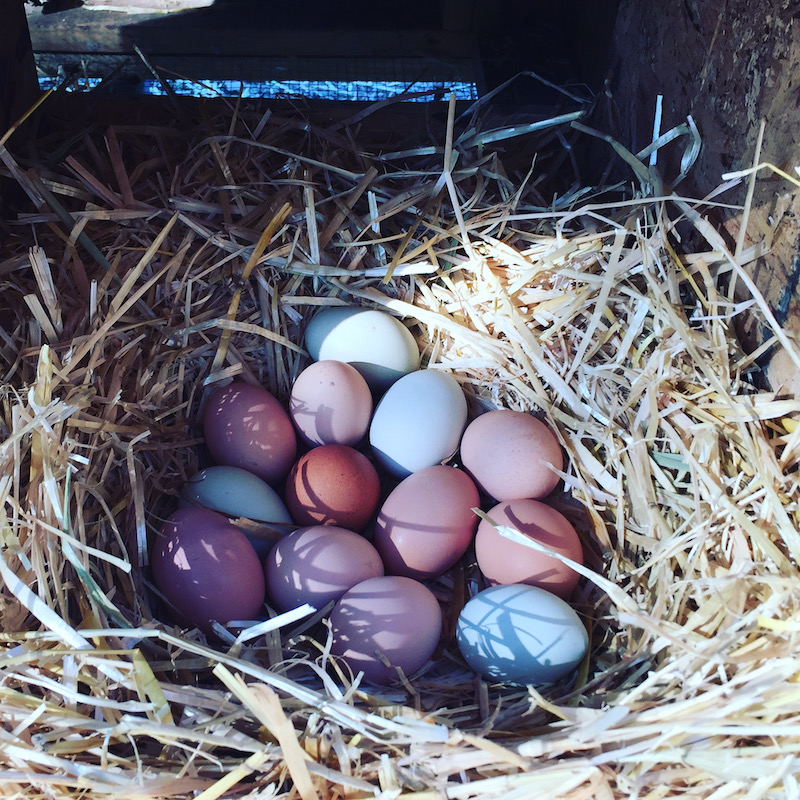Last Updated on February 9, 2024 by AwesomeChickens

Table of Contents
Introduction:
In recent years, the clucking sounds of backyard chickens have become a familiar melody in urban and suburban neighborhoods, challenging the notion that raising chickens is exclusive to rural homesteads. With cities recognizing the benefits and allowing families to keep backyard chickens, a new wave of poultry enthusiasts is discovering the joy, educational opportunities, and food security that these feathered friends bring. In this exploration, we’ll delve into the value of backyard chickens, their suitability for various settings, and the considerations for creating a coop that accommodates different flock sizes.
Backyard Chickens: Beyond Rural Boundaries
The allure of backyard chickens extends well beyond the traditional image of a rural homestead. Many cities now permit residents to keep a limited number of hens, recognizing the numerous benefits they bring. However, it’s essential to note that, in most cases, roosters are not allowed due to their incessant crowing. This restriction helps maintain neighborly harmony in urban and suburban settings.
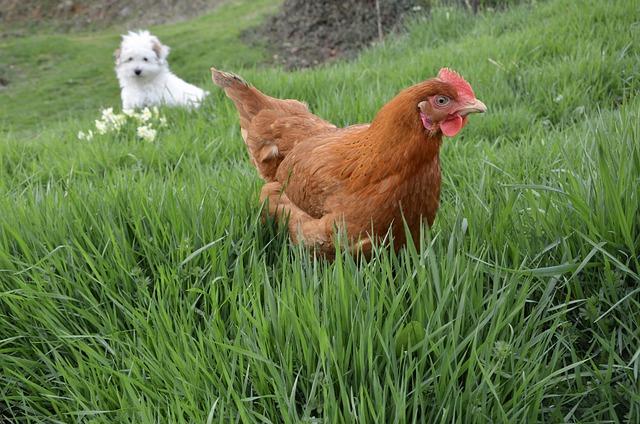
Egg Production and Joyful Companionship:
One of the primary values of backyard chickens is the abundant supply of fresh, homegrown eggs. Even in a modest backyard, families can achieve significant egg production, contributing to a sustainable and cost-effective food source. Hens, without the disruptive presence of roosters, can lay eggs consistently, providing a daily harvest of nutritious and flavorful eggs.
Beyond the practical benefits, chickens also bring immeasurable joy and companionship to families. Their quirky personalities, amusing behaviors, and gentle clucking create a unique and engaging atmosphere. Children, in particular, can learn valuable life lessons about responsibility, compassion, and the basics of animal care through their interactions with these feathered friends.
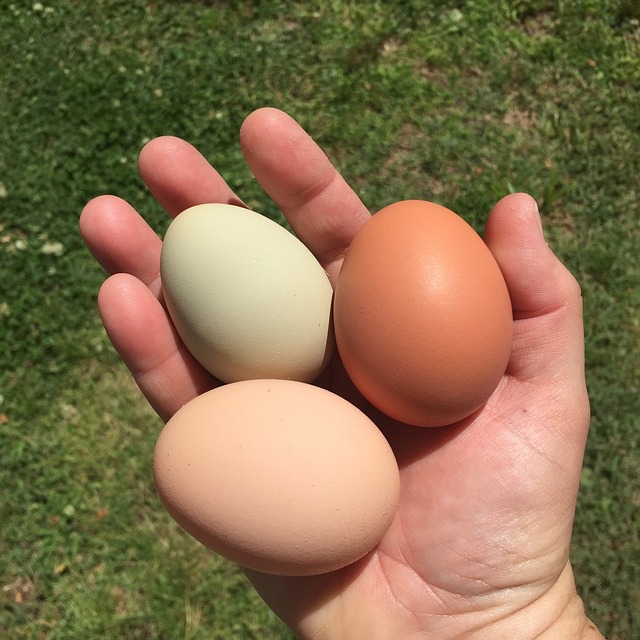
Educational Opportunities for Children:
Backyard chickens serve as living, breathing educational tools for children. Caring for chickens offers lessons in biology, life cycles, and responsible pet ownership. Children gain a hands-on understanding of where their food comes from, witnessing the daily routine of egg-laying and the transformation from chick to hen. This experiential learning fosters a deeper connection to the natural world and instills lifelong values of sustainability.
Sharing the Bounty with Neighbors:
The surplus of eggs from backyard chickens provides an opportunity for families to connect with neighbors and build a sense of community. Sharing freshly laid eggs is not only a generous gesture but also a way to promote the benefits of backyard chicken keeping. Neighbors, in turn, may develop an interest in getting their own feathered companions, creating a ripple effect of community engagement and sustainable practices.
Addressing Future Food Security:
As concerns about future food shortages and the need for sustainable practices grow, the role of backyard chickens becomes increasingly significant. Raising chickens allows families to take a proactive approach to food security by producing their own eggs. This self-sufficiency, even on a small scale, contributes to a more resilient and sustainable local food system. As speculation about the future of food production intensifies, the value of backyard chickens becomes even more pronounced.
Coop Considerations for Different Flock Sizes:
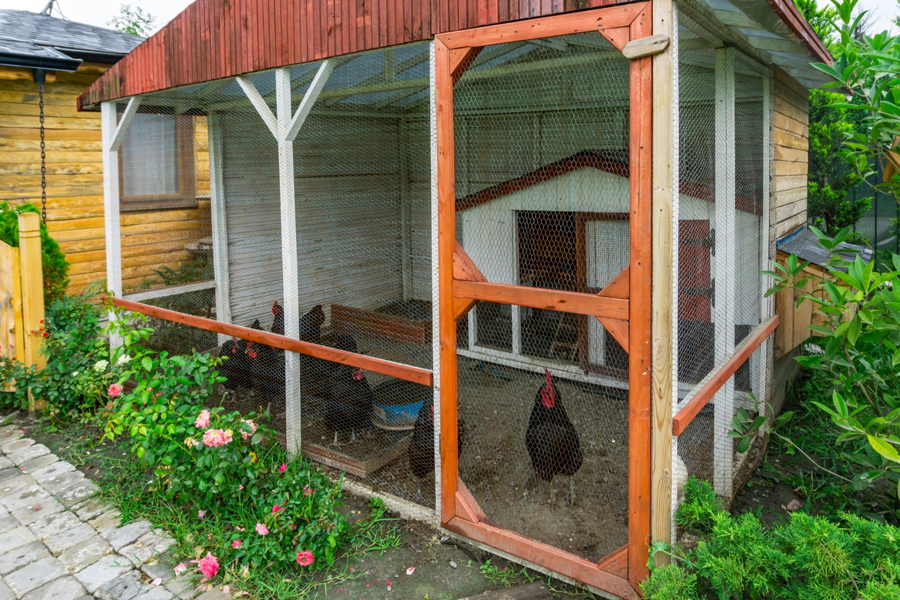
Creating a suitable coop is a crucial aspect of successful backyard chicken keeping. The size of the coop depends on the number of chickens in the flock. Here’s a breakdown of coop considerations for different flock sizes:
- For 6 Chickens:
- Coop Size: Approximately 18-24 square feet.
- Nesting Boxes: 2-3 nesting boxes.
- Roosts: 2 roosts at varying heights.
- For 8 Chickens:
- Coop Size: Approximately 24-32 square feet.
- Nesting Boxes: 3-4 nesting boxes.
- Roosts: 2-3 roosts at varying heights.
- For 10 Chickens:
- Coop Size: Approximately 30-40 square feet.
- Nesting Boxes: 4-5 nesting boxes.
- Roosts: 3-4 roosts at varying heights.
- For 12 Chickens:
- Coop Size: Approximately 36-48 square feet.
- Nesting Boxes: 5-6 nesting boxes.
- Roosts: 4-5 roosts at varying heights.
These size recommendations ensure that chickens have adequate space for comfort, exercise, and nesting. Proper ventilation, predator protection, and easy access for cleaning are also essential aspects of coop design.
Conclusion: Encouraging the Cluck in Every Backyard
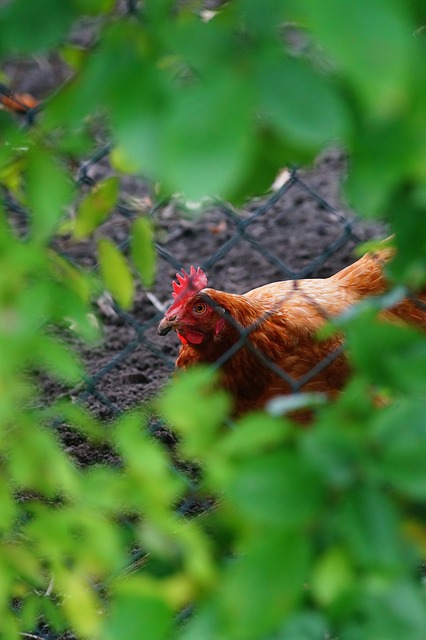
In conclusion, the value of backyard chickens extends far beyond rural landscapes. Whether in the heart of a city or the suburbs, families can reap the benefits of fresh eggs, joyful companionship, and valuable educational experiences. The cluck of backyard chickens not only contributes to individual households but also fosters community connections and addresses broader concerns about future food security.
As more cities embrace the idea of backyard chickens, it’s important to encourage responsible and informed chicken keeping. By understanding coop requirements for different flock sizes and the benefits chickens bring, families can embark on a rewarding journey that enhances their lives and contributes to a more sustainable and interconnected community. So, embrace the cluck, and let the value of backyard chickens flourish in every neighborhood.



